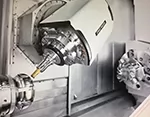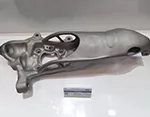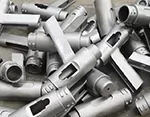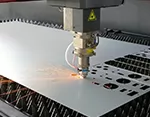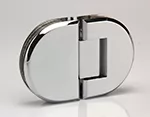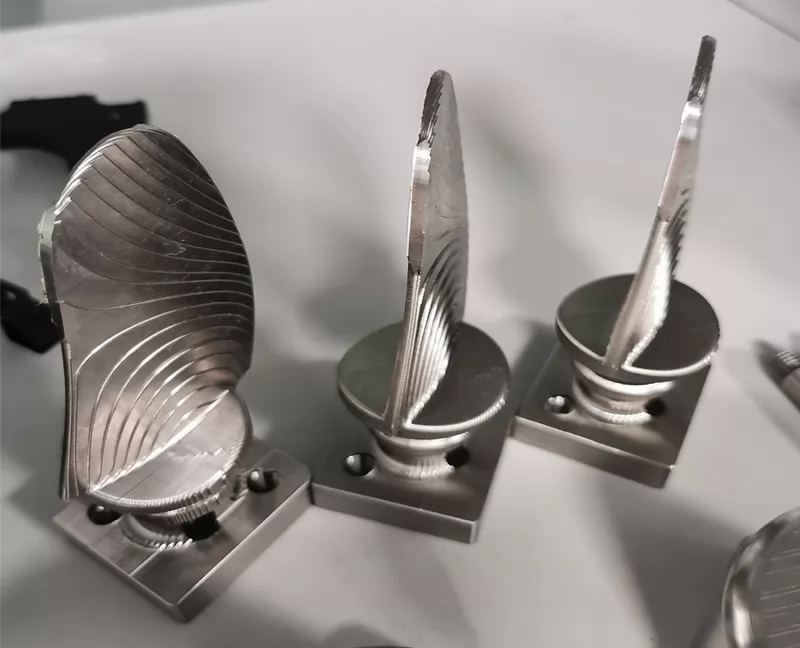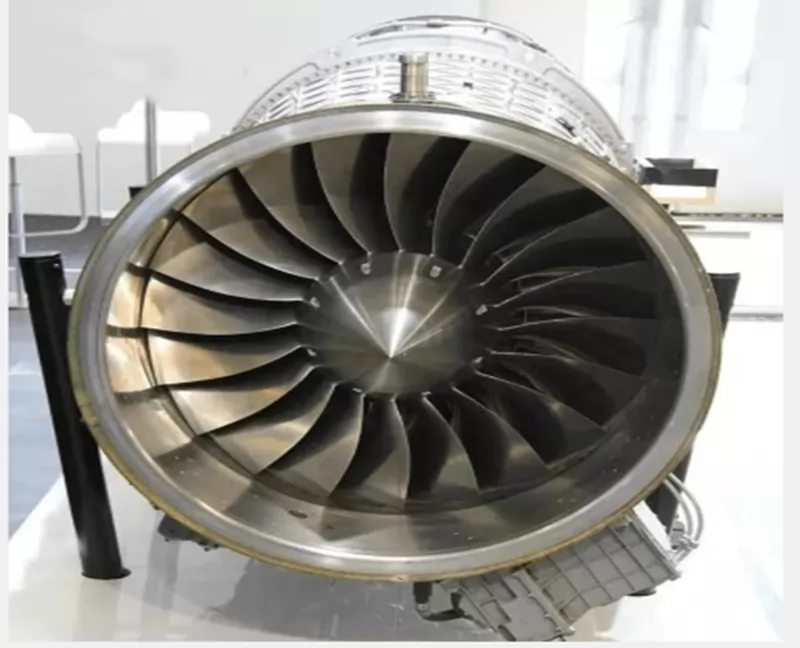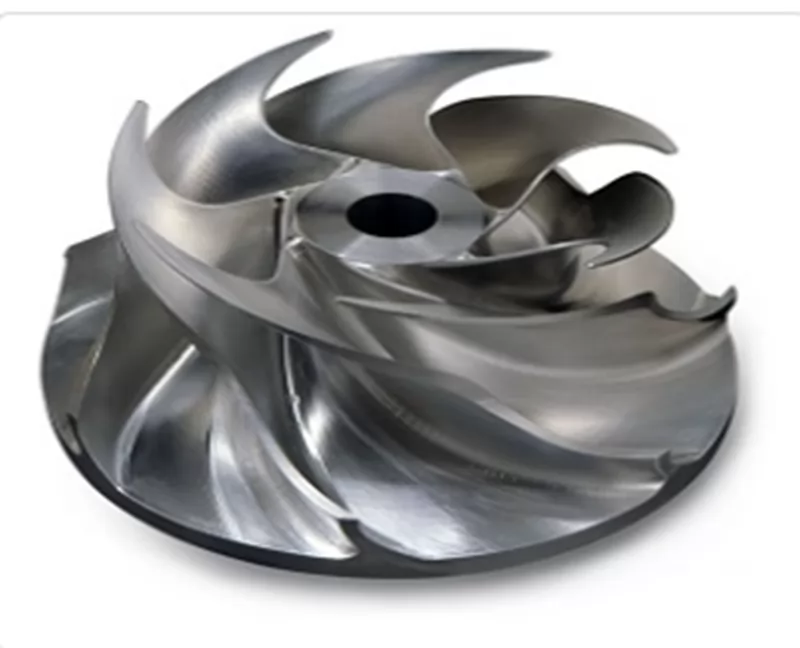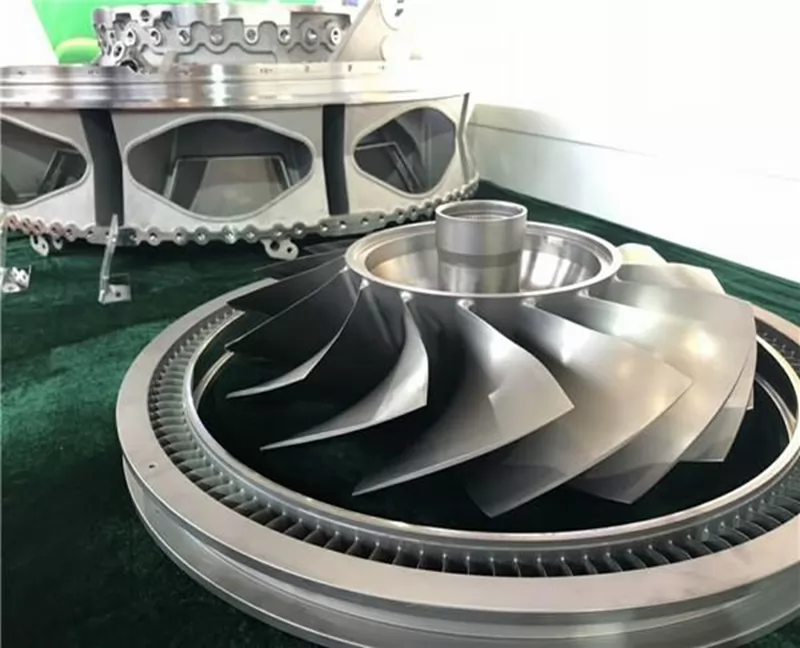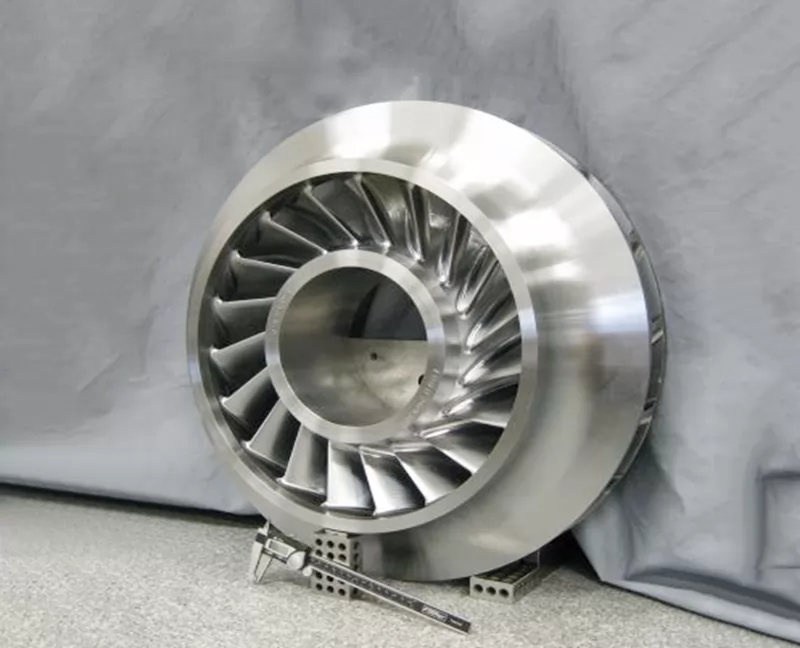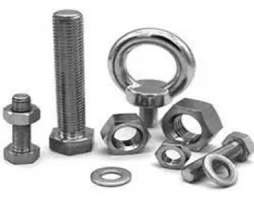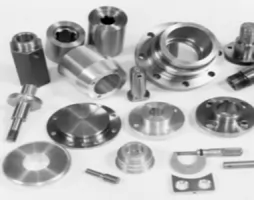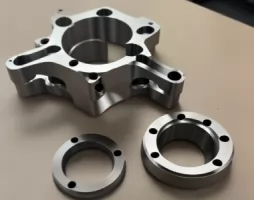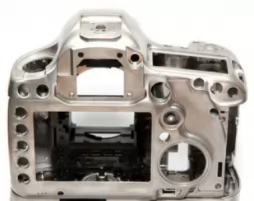-
Service
+
- CNC Precision Machining Service +
- Multi-Axis Simultaneous Machining Service +
- CNC Turning Service +
- Metal 3D Printing Service +
- Rapid Prototyping Service +
- Die Casting Service +
- Sheet Metal Fabrication Service +
-
Finish Serivces
+
- Polishing
- Grinding
- Brushed Finish
- Sand blasting
- Painting
- Powder Painting
- Anodizing
- Hard anodizing Service
- Passivation
- Zinc Plating
- Nickel Plating
- Chrome Plating
- Blackening
- Black Zinc Plating
- Teflon Coating
- Titanium Coating
- DLC Coating
- Laser Marking
- Silk Screen Printing
- Transfer Printing
- Micro Arc Oxidation
- Industries +
- About Us +
- Resource +
- Contact Us
- Quote

-
Service
-
>
-
>
-
>
-
>
-
>
-
>
-
>
-
>
-
- Industries
- About Us
- Resource
- Contact Us
CNC Machining Aerospace Parts
Professional five-axis aviation parts processing, mechanical parts, prototype manufacturing; mold manufacturing, injection molding; die-casting, sheet metal stamping formingAviation refers to the navigation activities of manned or unmanned aircraft in the earth's atmosphere; aerospace refers to the navigation activities of manned or unmanned spacecraft outside the earth's atmosphere, also known as space flight or aerospace navigation.
Aerospace equipment manufacturing technology:
1. Mechanical processing: It is the most basic manufacturing technology, including milling, turning, drilling, grinding, etc. Many parts of aircraft and rockets require machining.
2. Casting and forging: These are methods used to manufacture large, complex-shaped parts. Casting involves pouring liquid metal into a mold, which then cools and solidifies to form parts. Forging is the application of pressure to metal to deform it into a desired shape.
3. Welding and connection: Multiple components need to be connected into a larger structure through welding. Welding is the joining of two metal parts together through heat or pressure. Connections connect parts together through bolts, rivets or adhesives.
4. Composite material molding: The molding of composite materials usually requires special methods, such as automatic fiber placement, vacuum molding, automatic cutting, etc.
5. Instrument surface treatment: including painting, anodizing, plating, etc., used to improve the appearance, corrosion resistance and wear resistance of components.
6. Non-traditional manufacturing: With the advancement of science and technology, more and more non-traditional manufacturing technologies, such as 3D printing, laser cutting, electrochemical processing, etc., are also used in the manufacturing of aerospace components.
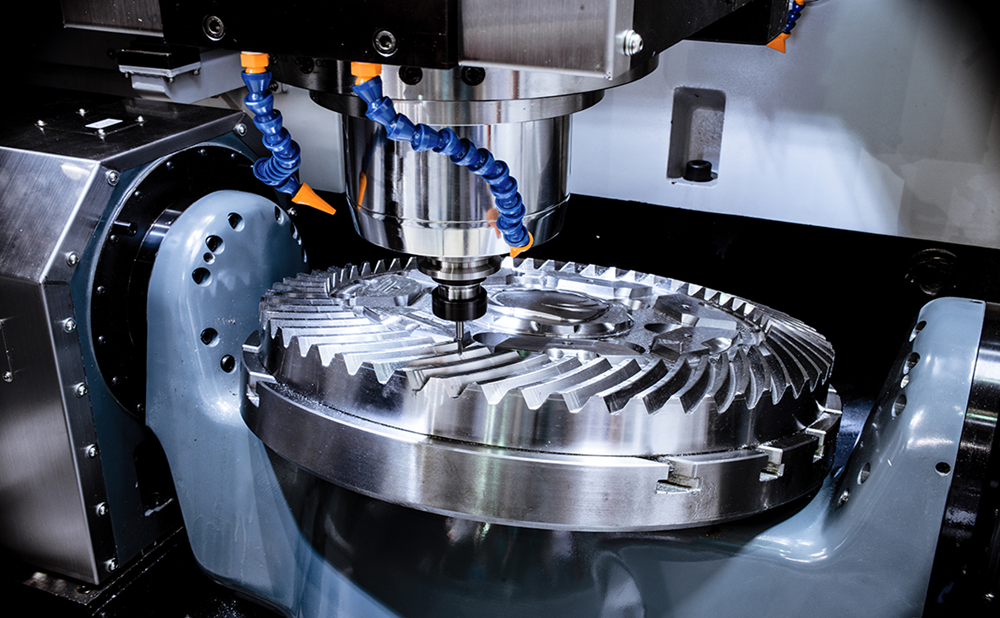
Aerospace materials:
1. Metal materials: The earliest materials used in aerospace, including aluminum alloys, titanium alloys, high-temperature alloys, etc. Aluminum alloy is widely used in structures such as aircraft fuselages and wings because of its low density and good formability. Titanium alloys are used to make parts of some engines and high-speed aircraft because of their high strength and high temperature resistance. High-temperature alloys are mainly used in aerospace engines and other components that require extremely high temperature resistance.
2. Composite material: It is a material composed of two or more substances, and its performance is better than that of any one component substance. Carbon fiber reinforced plastics (CFRP) in composite materials are becoming increasingly common in aerospace applications because of their high strength, low density and good corrosion resistance.
3. Ceramic materials: Ceramics are increasingly used in the aerospace field because they have high heat resistance, strong hardness and corrosion resistance. For example, some high-temperature ceramics are used in rocket nozzles, and ceramic composite materials are used in aircraft brake discs.
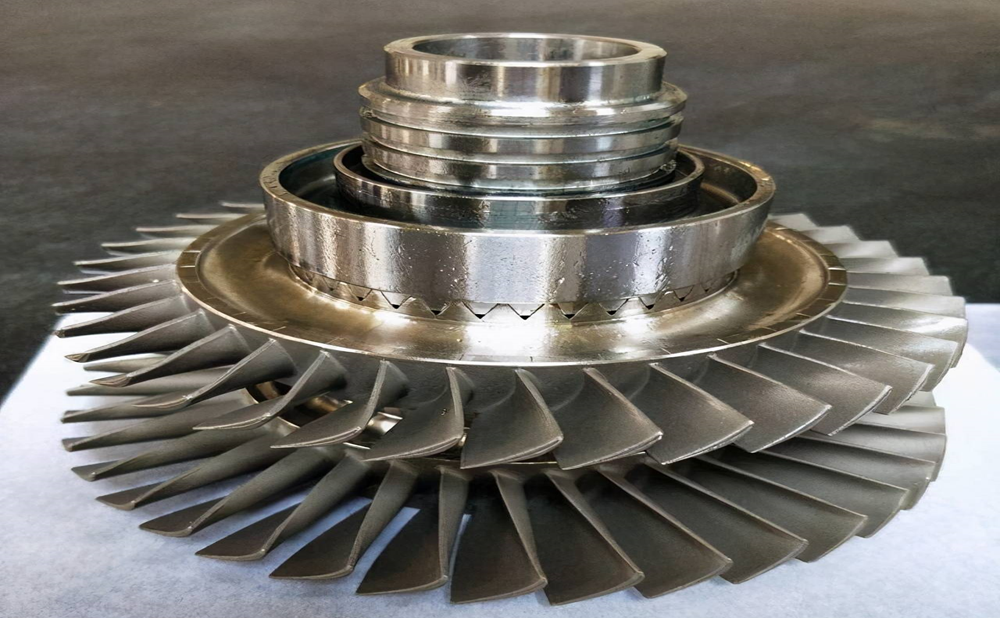
Contact:
Email: Maggie@kesugroup.com,
WhatsApp: +86 135-3842-1321
Our engineer team are ready for your projects and provide feedback quickly.

